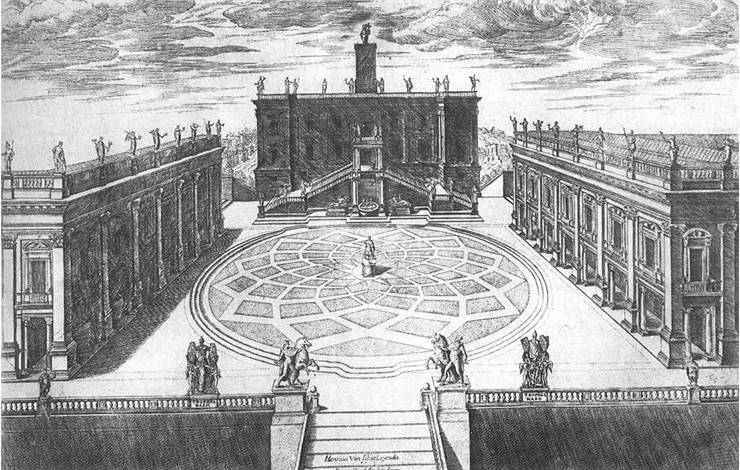Early Museums - The First Public Museums
Museums as places for collecting, preserving, and displaying artificial objects are much older than we probably think. The first museum we have proof of is Ennigaldi-Nanna's from 530 BC, located in Ur. It was curetted by Princess Ennigaldi, daughter of King Nabonidus, the last king of the Neo-Babylonian Empire. He is known as the first archeologist, and he gave an idea to Princess Ennigaldi to make a museum. It was placed in the royal palace and closed to the public. Museum held Mesopotamian antiquities and even had labels for items in the shape of clay cylinders with descriptions of items in three languages. The first museums opened to the public were in Rome during the Renaissance.
The oldest public collection of art is Capitoline Museums. It started when Pope Sixtus IV donated ancient bronze sculptures to the people of Rome and placed them on Capitoline Hill in 1471. Since then, it has grown into several showpieces of ancient Roman statues, inscriptions, and medieval and Renaissance art. Museum now has three main buildings surrounding the Piazza del Campidoglio in a plan conceived by Michelangelo Buonarroti. Facilities are also connected with an underground gallery that goes beneath the piazza.

Vatican Museums were founded in the early 16th century (1506) by Pope Julius II. They are museums in the city-state of the Vatican and are located within city borders. Museum began as one statue (Laocoön and his Sons) but now holds works collected by Roman Catholic Church, from classical sculptures and paintings to modern religious art.
In 1684, an abbot Jean-Baptiste Boisot donated his collection to the Benedictine monks of Saint-Vincent, under the condition that they make a museum out of it that would be open to the general public two days a week. That collection grew and became Musée des Beaux-Arts et d'archéologie de Besançon - the first museum in France.
London British Museum was based on the collections of the physician and scientist Sir Hans Sloane, and it was founded in 1753 and opened to the public in 1759.
Uffizi Gallery in Florence is one of the oldest art galleries in the world. It was first opened for visitors in the 16th century but only on demand. In 1765 it was opened for public viewing.
Hermitage Museum was founded by Catherine the Great in 1764. Since 1852 it has been open to the public, and today, it consists of six buildings, including the Winter Palace. It holds over three million items from Egyptian antiquities to Modern art.
The Louvre is one of the largest museums in the world, a former royal palace, and a historic monument. It was opened in 1793. It has almost 35,000 items from all periods of history and is the most visited museum globally, with 8 million visitors annually.
Belvedere Museum in Vienna was built at the place of summer residence for Prince Eugene of Savoy and opened for the public in 1781.
Charleston Museum is the first American museum. It was founded in 1773 and opened to the public in 1824.
